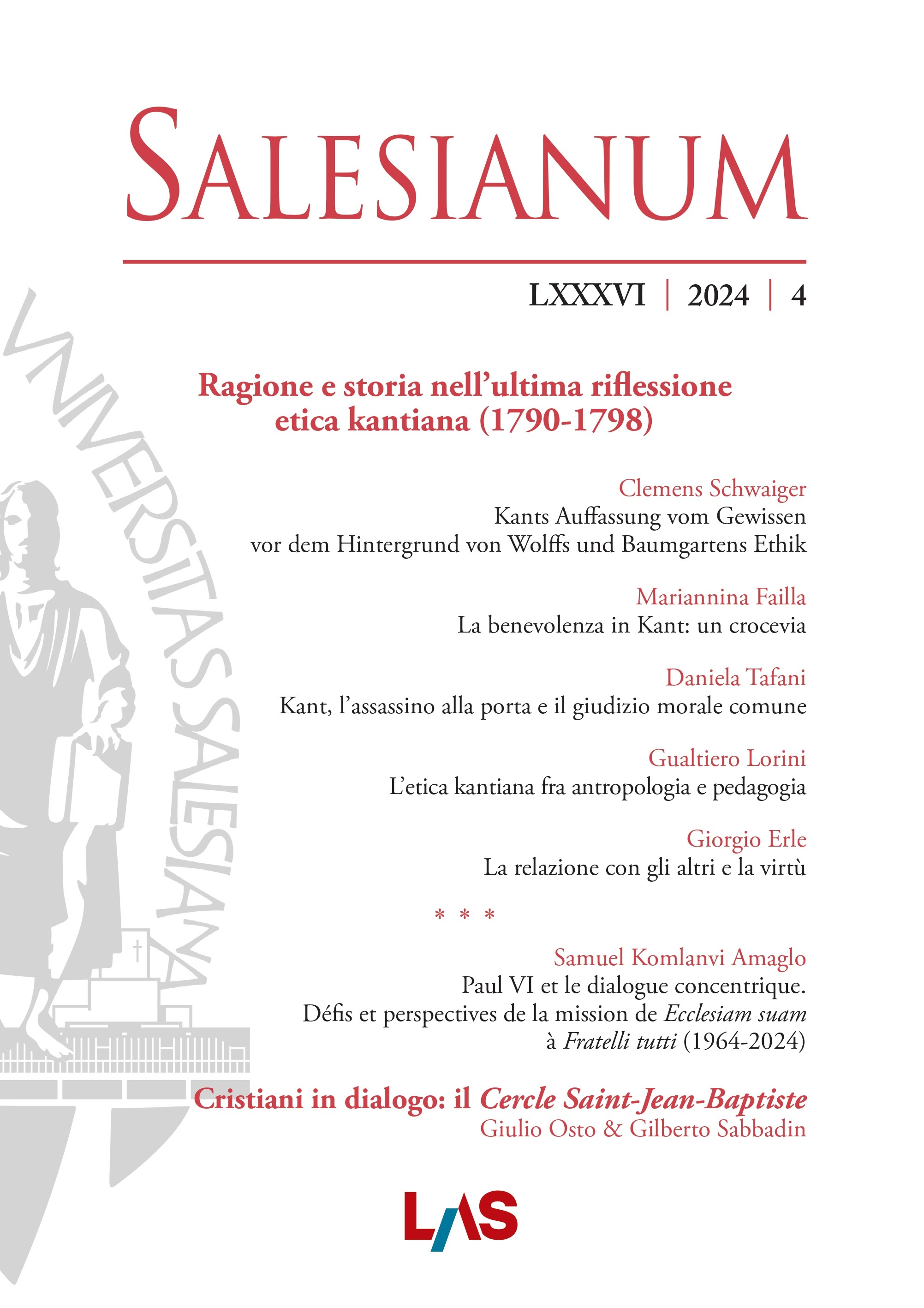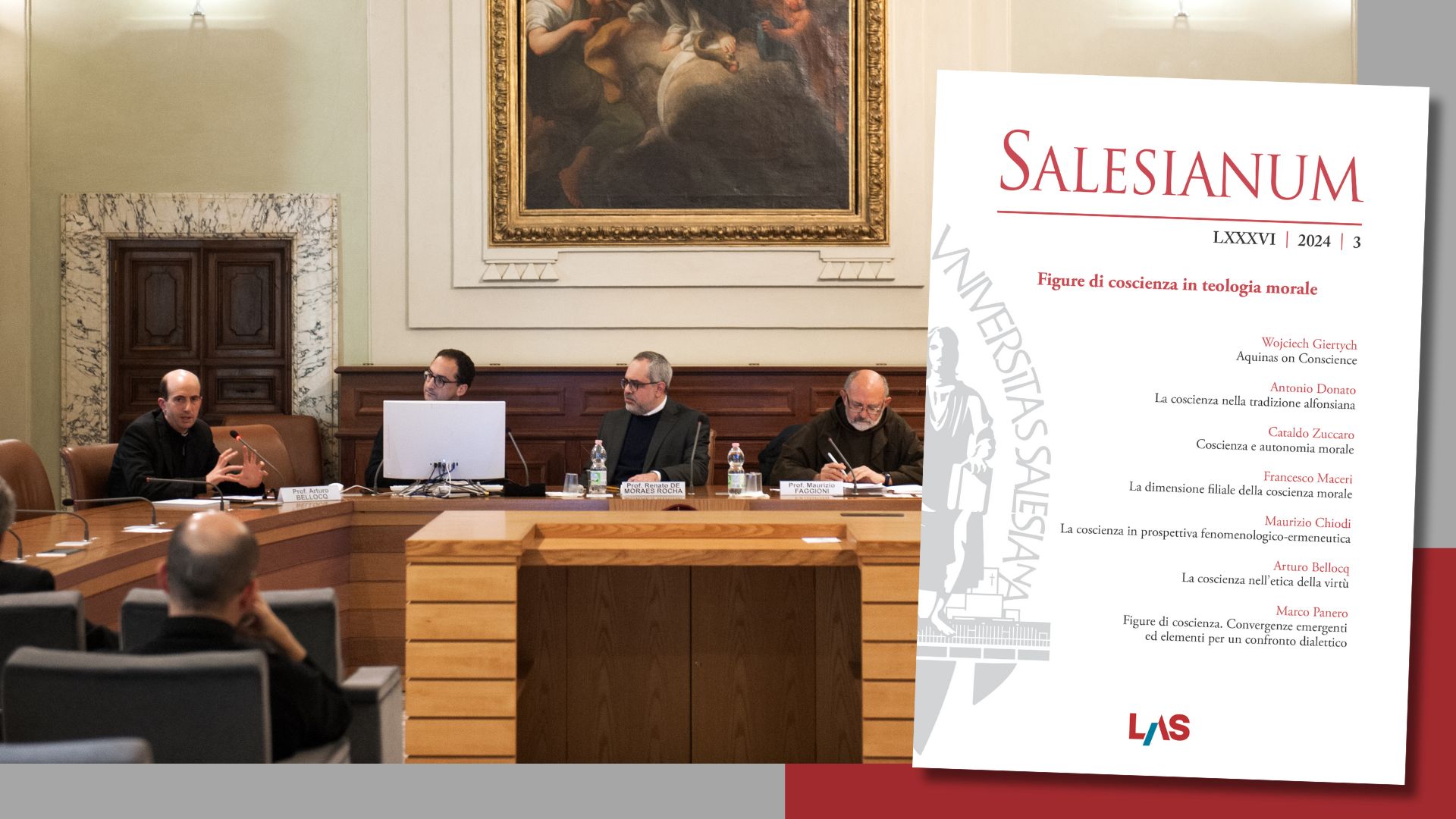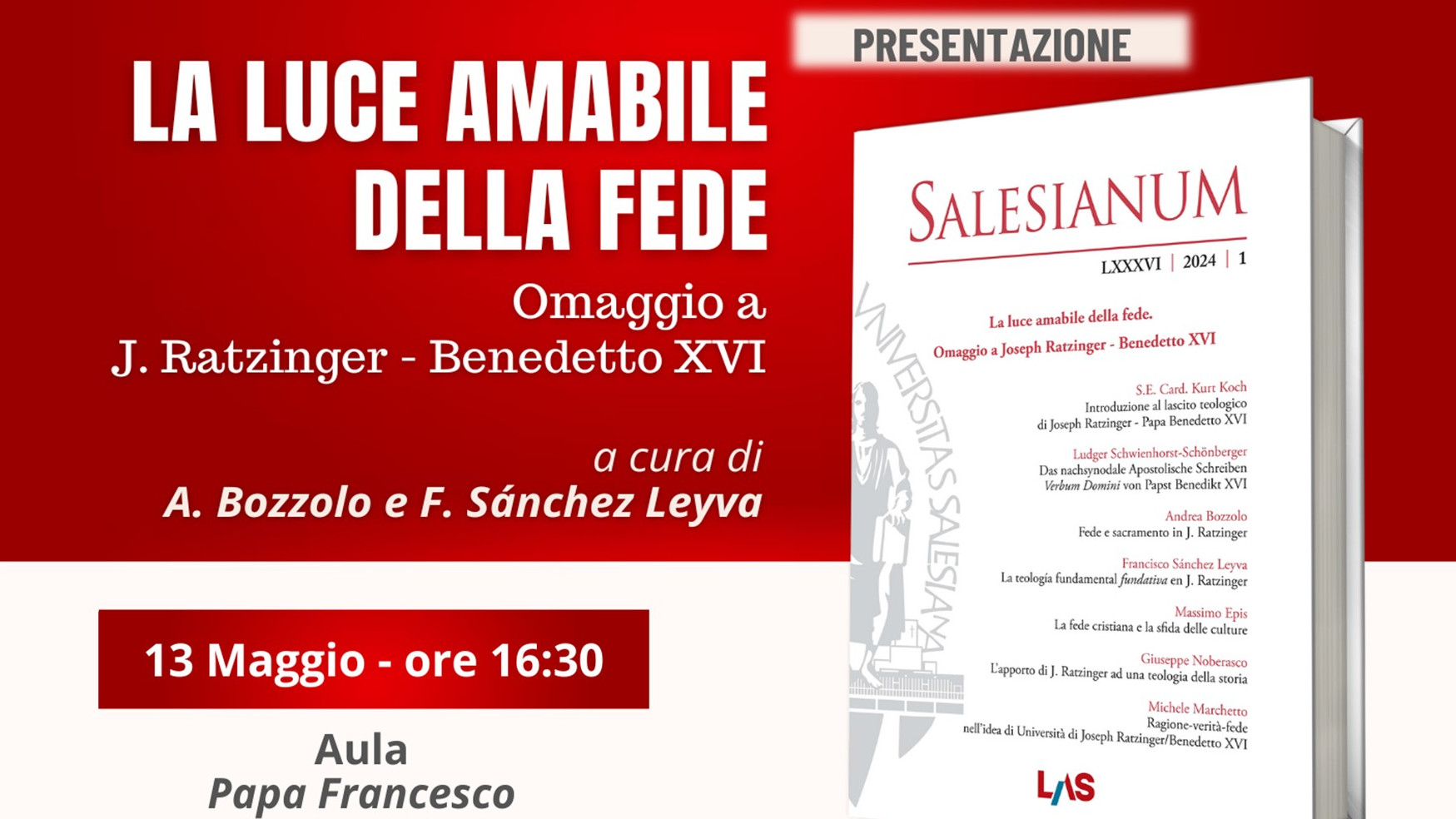The "Birth of the Son" in Is 6,1-9,6. From Metaphor to Figure
Salesianum vol. 82 (2020) n. 1, 9-42
Sezione: Studia
Sommario
Partendo dall’idea di metafora cognitiva e coniugando tale concetto all’esegesi delle figure delineata dal biblista francese P. Beauchamp, viene affrontata una metafora/figura tra le più conosciute della letteratura profetica: la metafora della nascita del figlio nel cosiddetto “Libro dell’Emmanuele” (Is 6,1-9,6). L’articolo analizza i tre principali passaggi in cui questa metafora appare (Is 7,14-16; 8,1-3; 9,5) cercando di delineare come il tema del “figlio” funga da attrazione per altre tematiche di carattere metaforico (il “segno”; il concepimento e la nascita; l’imposizione del nome; la crescita del bambino). Questa rete di metafore costituisce non solo un elemento interpretativo dei singoli passaggi, ma mostra come all’interno del “Libro dell’Emmanuele” si sviluppi una dinamica figurale, capace di delineare maggiormente gli aspetti compositivi ed interpretativi di Is 6,1-9,6.
Abstract
Starting from the notion of the cognitive metaphor and conjugating this concept to the exegesis of the figures outlined by the French scholar P. Beauchamp, the article deals with a metaphor / figure among the best known of the prophetic literature: the metaphor of the birth of the child in the so-called “Book of Emmanuel” (Is 6,1-9,6). The article analyses the three main passages in which this metaphor appears (Is 7,14-16; 8,1-3; 9,5) and tries to outline how the term “child” connects with other terms of a metaphorical character (the “sign”; the conception and birth; the giving of the name; the growth of the child). This network of metaphors constitutes not only an interpretative element of the individual passages, but shows how a figurative dynamic develops within the “Book of Emmanuel”, that can delineate more effectively the compositional and interpretative aspects of Is 6,1-9,6.


